How Phenolics Compare to Solid Surface
In the comparison of building materials that we have made many times over, solid surface routinely outranks popular materials such as plastic laminates, wood and stainless steel. Solid surface’s many advantages make it a prime option for healthcare environments, locker rooms, commercial spaces, restaurants and countless more facilities. Phenolics, however, share many of these benefits and are a strong contender in the best materials competition. Here’s a look at the benefits of this material and how phenolics compare to solid surface.
Durability
As we’ve mentioned many times, solid surface is guaranteed to last for at least 10 years by most companies, though many companies such as LG-HIMACS guarantee it for even longer. At Shield, our solid surface products, with proper care and maintenance, are guaranteed for life.
Phenolics, too, have exceptional durability. In a 15-year study by Spec-Rite designs, phenolics had only a .004 percent failure rate. The company guarantees their material for 20 years, making phenolics comparable to solid surface in terms of durability.
Water-, Heat- and Flame-Resistance
Due to the nonporous nature of both solid surface and phenolics, both materials are water-resistant. However, they differ in their heat- and fire-resistance.
Solid surface can withstand sustained temperatures of up to 225º, but extreme and/or prolonged heat can cause discoloration and damage. It has a class A fire rating, though, meaning it performs at the highest level in blocking flame spread.
Phenolics, too, are fairly heat-resistant, but like solid surface, they can’t necessarily be placed in a 400º oven and come out just fine. Depending on the company, phenolics have a class A or class B fire rating, putting them at a fairly high level of fire-resistance, though not always as high a level as that of solid surface.
Health Benefits and Cleanability
Solid surface is especially advantageous for healthcare facilities because it is microbial-resistant and easy to clean. Its nonporous nature prevents germ and bacteria growth, ensuring that whatever environment it is in is safe and sanitary. Moreover, it is stain-resistant and doesn’t require any special cleaning supplies to maintain cleanliness. Because it is nonporous, it requires little more than a damp cloth to keep it clean and shiny.
Phenolics are much the same. They, too, are nonporous, so they don’t harbor germs and bacteria, and they’re also stain-resistant and take only a few minutes to clean.
Sustainability
Because both of these materials are heat-, water-, fire-, bacteria- and stain-resistant and, therefore, last for decades, they’re highly sustainable. Products built with either material will endure even the heaviest wear and tear, and both are GREENGUARD certified.
Solid surface, moreover, is easily renewable. When scratched or damaged, the fix is often relatively simple, and even if the repair is a bit more strenuous, it is usually do-able. The entire product doesn’t need to be scrapped because of a minor scratch.
Maintenance Costs
Long-lasting, easily cleaned, renewable and heat-resistant, both solid surface and phenolics have low maintenance costs. Neither material will go down without a long, hard fight. Other materials such as laminate and wood rather quickly succumb to water damage, scratches and other wear and tear. Solid surface and phenolics, however, maintain their original function and appearance and are easily repaired when damaged.
Therefore, in addition to a product that can theoretically last for life, the long-term maintenance costs on both materials are low.
So, What’s the Difference?
Phenolics share many of the characteristics that make solid surface such a high-functioning, noteworthy material. So what distinguishes one from the other?
First, solid surface is thermoformable, which means it can be heated and shaped into almost any shape and design. Phenolics are certainly customizable, but not to the same extent as solid surface.
Next—and perhaps most important—solid surface is affordable. Phenolics are expensive, falling on the upper range of product prices. Solid surface lies somewhere in the middle, and Shield’s unique manufacturing techniques only help lower the costs associated with the material.
Of course, the two materials differ in several other areas, but in terms of the large-scale factors, customizability and price are the most notable points of difference.
How Phenolics Compare to Solid Surface
Both materials are well-rounded and a great fit for many environments, but neither will be the answer for every single facility or project. The specific needs and characteristics of a facility determine which material is the best. Solid surface may be better in a NICU while phenolics may be best as a wall cladding. The budget of a project has large bearing, too. It truly all depends on the details.
Title image via Amazon.




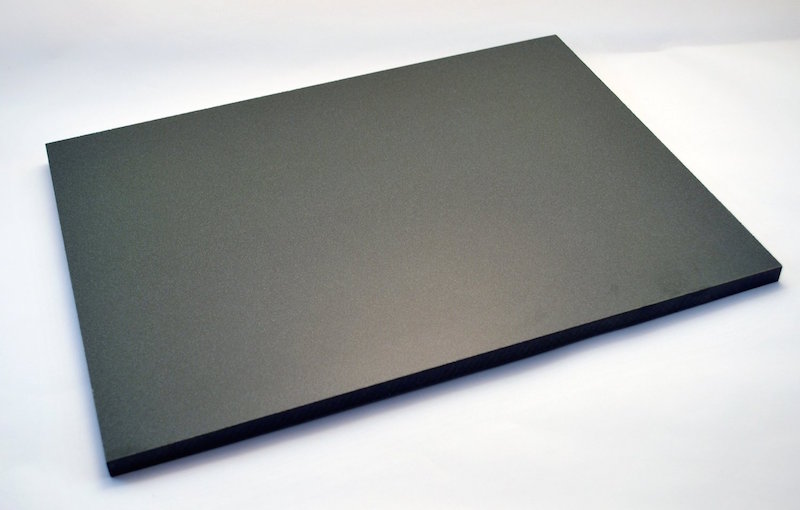

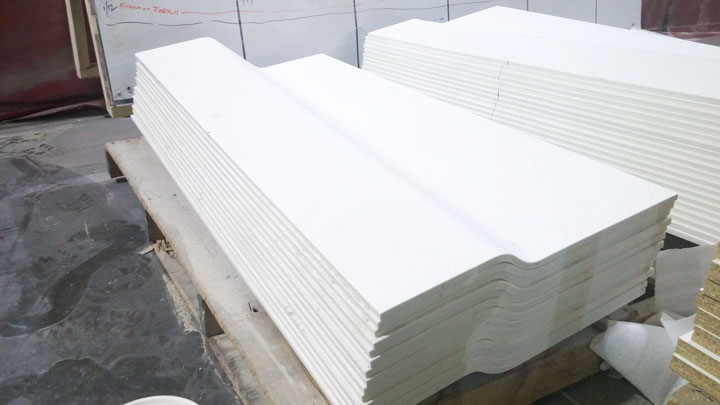
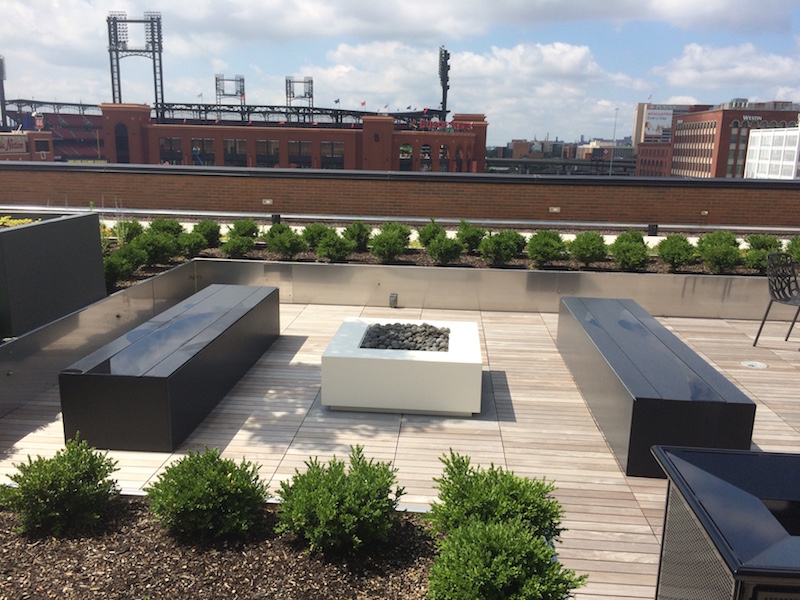

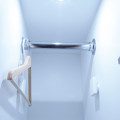
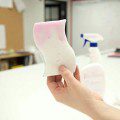
Compact Laminate | Apr 17, 2018 at 7:33 am
Phenolics, however, share many of these benefits and are a strong contender in the best materials competition. I agree with you. And I recommend them to my friends.